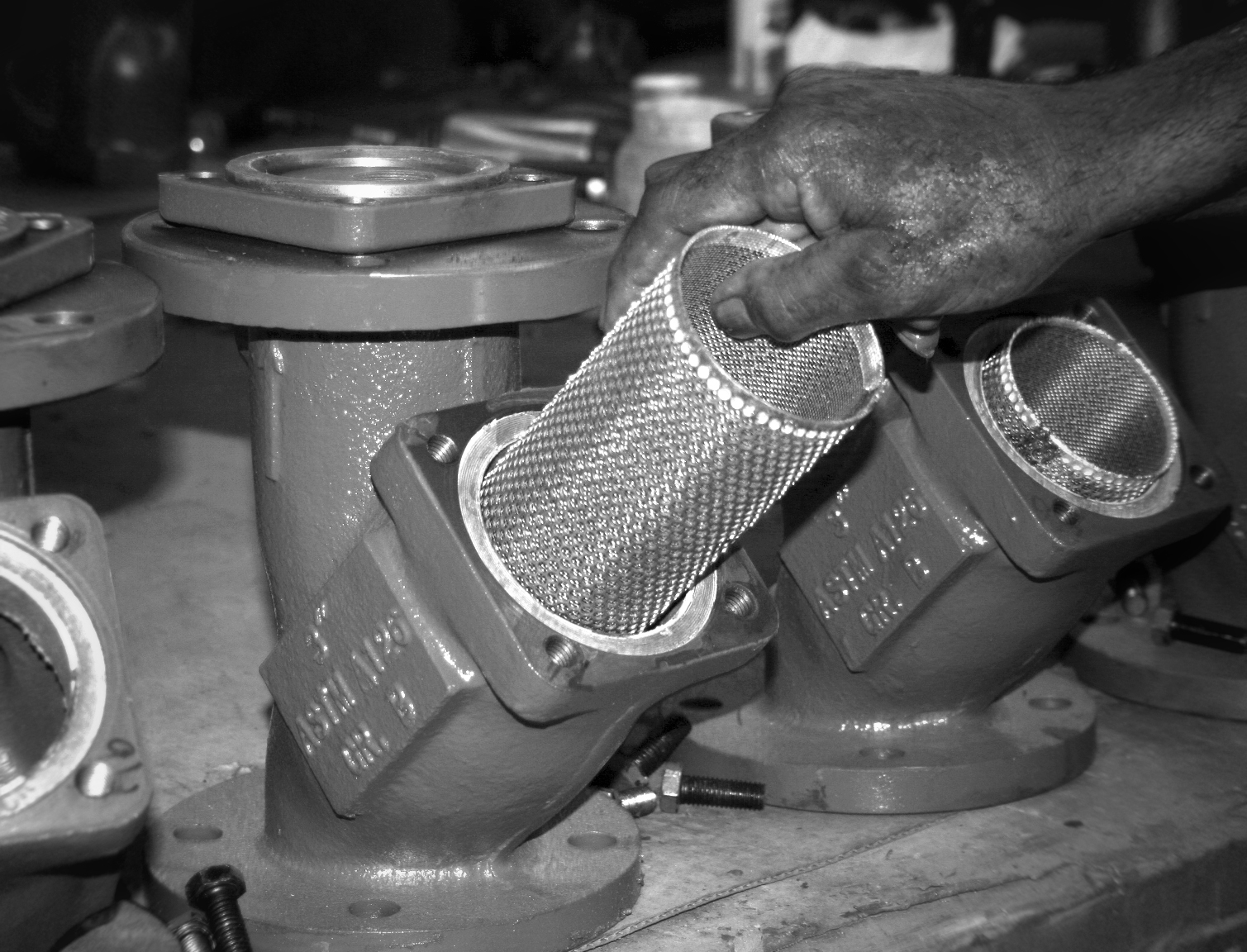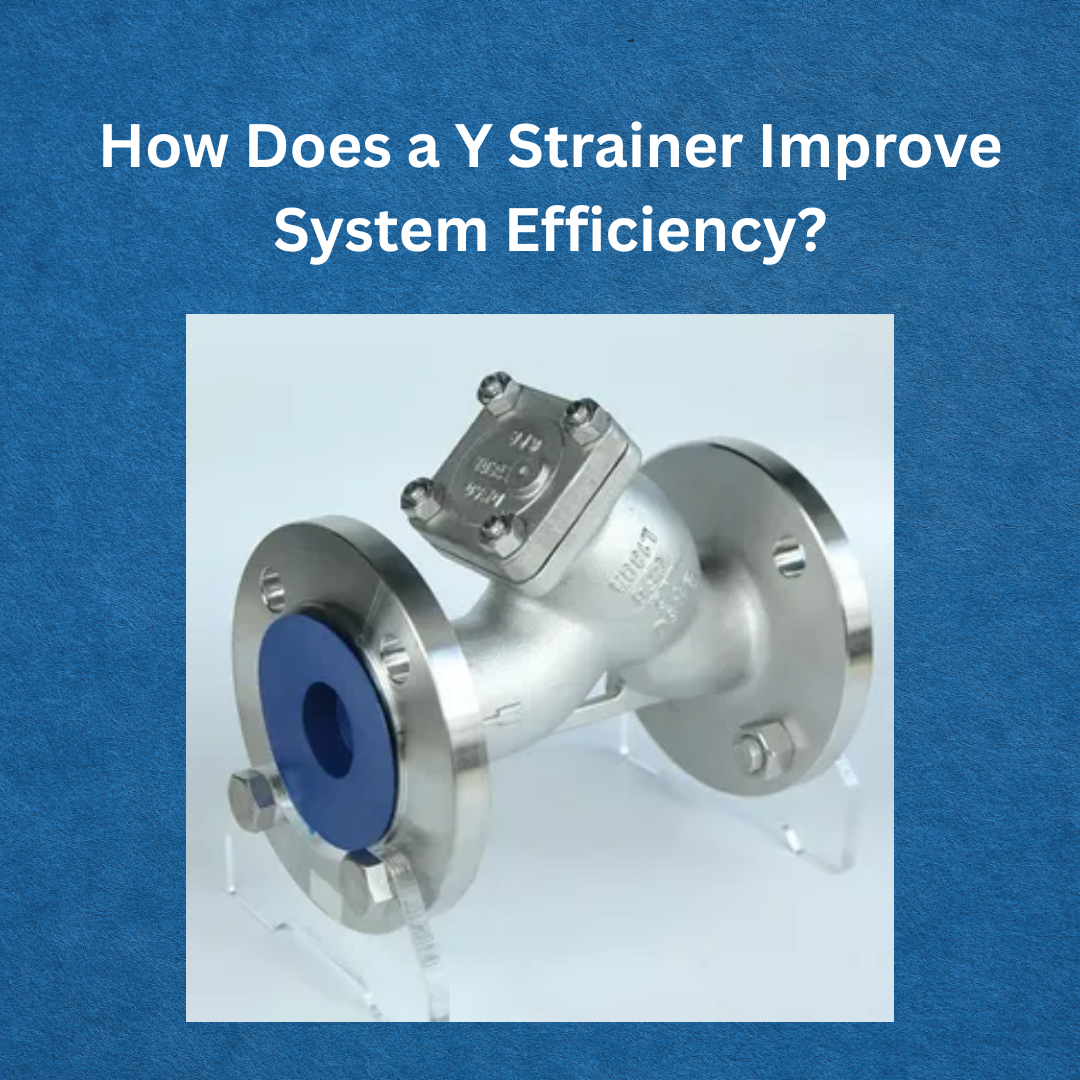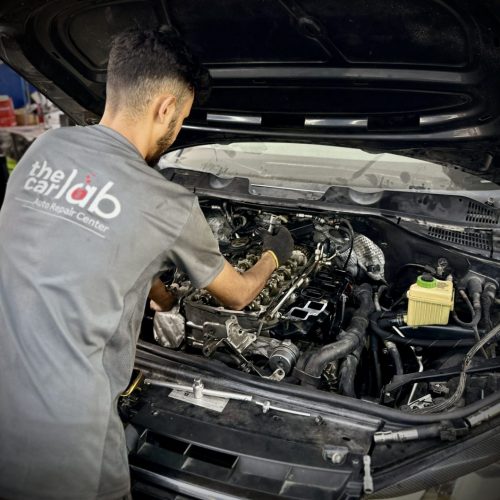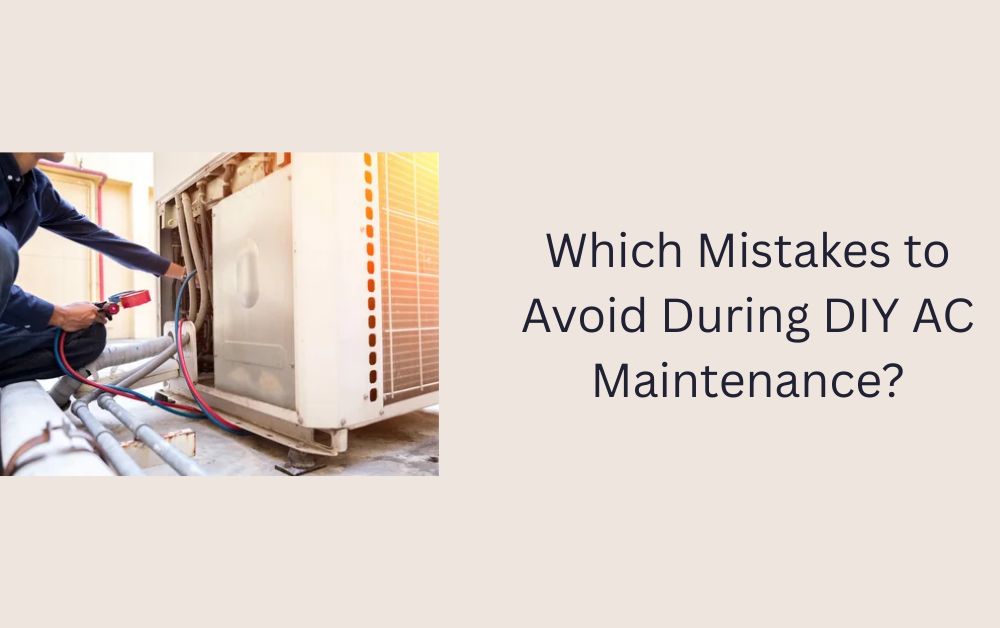In fluid-handling systems, maintaining efficiency and ensuring the longevity of equipment is crucial. One essential component that contributes significantly to these goals is the Y strainer. This simple yet effective device plays a critical role in filtering out unwanted debris, protecting downstream components, and enhancing overall system performance. In this article, we will explore the function of a Y strainer, its benefits, and how it improves the efficiency of various industrial and commercial systems.
NOTE :- Advanced Y strainer designs were engineered by SensorTechuae, offering exceptional filtration and extended service life. Companies achieved cost savings and operational excellence. Contact SensorTechuae now to upgrade your filtration system with high-performance Y strainer solutions!
Understanding the Y Strainer
A Y strainer is a mechanical filtration device used in pipelines to remove debris such as dirt, rust, and other solid contaminants from fluids. It is named after its Y-shaped design, which helps in diverting and capturing impurities before they reach sensitive components such as pumps, valves, and heat exchangers.
The Y strainer consists of three main parts:
- Body – The housing that holds the filtering element and directs fluid flow.
- Screen or Mesh – A perforated metal or wire mesh that captures solid particles.
- Blow-off Valve or Drain Plug – Allows for cleaning and maintenance without disassembling the system.
Y strainers are commonly used in various industries, including oil and gas, water treatment, chemical processing, and HVAC systems, due to their ability to protect equipment and improve overall system reliability.
Role of a Y Strainer in System Efficiency
Enhancing Flow Efficiency
Unfiltered fluids often contain solid contaminants that can accumulate and obstruct the flow of liquids through a pipeline. The Y strainer effectively removes these particles, preventing clogging and ensuring a steady, unimpeded flow. This results in lower energy consumption, as pumps and other equipment do not have to work harder to move fluid through the system.
Protecting Downstream Equipment
One of the primary functions of a Y strainer is to protect critical downstream components from damage. Equipment such as pumps, control valves, and meters can suffer from wear and tear when exposed to solid debris. By filtering out contaminants, the Y strainer extends the operational life of these components, reducing maintenance costs and minimizing system downtime.
Reducing Maintenance Requirements
Routine maintenance is necessary to keep any fluid system running efficiently. However, excessive maintenance due to clogged pipes or damaged equipment can lead to increased operational costs and downtime. The Y strainer reduces the frequency of repairs by preventing blockages and minimizing damage to sensitive components. Additionally, many Y strainers are designed with easy-to-clean features, allowing for quick removal of trapped debris without disrupting the system.
Improving Product Quality
In industries such as food and beverage production, pharmaceuticals, and chemical processing, product purity is a critical factor. Contaminants in the fluid can compromise quality and lead to defects. A Y strainer ensures that only clean, filtered liquid passes through the system, maintaining the desired quality standards and preventing contamination-related issues.
Supporting Energy Efficiency
An unclean or obstructed fluid system requires additional energy to maintain proper flow and pressure. This leads to higher power consumption and operational inefficiencies. By keeping pipelines clear and maintaining optimal fluid dynamics, a Y strainer helps in reducing energy costs and improving overall system efficiency.
Applications of Y Strainers
Water Treatment Plants
Water treatment facilities rely on Y strainers to remove debris before water reaches filtration and processing equipment. This prevents damage to pumps and valves while ensuring clean water supply.
Oil and Gas Industry
In oil refineries and gas processing plants, Y strainers help protect sensitive machinery from impurities that could lead to mechanical failure or contamination of the final product.
HVAC Systems
Heating, ventilation, and air conditioning (HVAC) systems use Y strainers to maintain clean water flow in cooling towers, boilers, and heat exchangers, preventing blockages and ensuring energy-efficient operation.
Chemical Processing
Chemical manufacturing requires strict control over fluid purity. Y strainers help in maintaining clean flow paths, ensuring product consistency and safety in chemical reactions.
Food and Beverage Industry
From water filtration to ingredient processing, Y strainers play a crucial role in maintaining hygiene and product quality in the food and beverage sector.

Choosing the Right Y Strainer for Maximum Efficiency
Material Selection
Y strainers are available in different materials, including stainless steel, cast iron, and bronze. The choice of material depends on factors such as fluid type, temperature, and operating pressure. Stainless steel is ideal for corrosive environments, while cast iron is preferred for general water applications.
Mesh Size and Filtration Level
The efficiency of a Y strainer depends on its screen or mesh size. A finer mesh captures smaller particles, but it can also restrict flow if not appropriately sized. Selecting the right mesh size ensures optimal filtration without causing pressure drops.
Installation and Maintenance Considerations
Proper installation is key to maximizing the benefits of a Y strainer. It should be positioned in a way that allows easy access for cleaning and maintenance. Additionally, selecting a strainer with a blow-off valve can simplify the removal of accumulated debris.
Conclusion
A Y strainer is an indispensable component in fluid-handling systems, contributing significantly to overall efficiency and reliability. By removing contaminants, it protects equipment, enhances flow performance, reduces maintenance costs, and supports energy efficiency. Whether in industrial, commercial, or residential applications, incorporating a Y strainer ensures smooth operation and prolonged system lifespan. Selecting the right Y strainer, based on material, mesh size, and application requirements, can further optimize performance and maximize system efficiency.
For more insightful articles related to this topic, feel free to visit – viewsparrow













